0% Financing Available
What’s the Best Way to Install an EV Charger at Home?
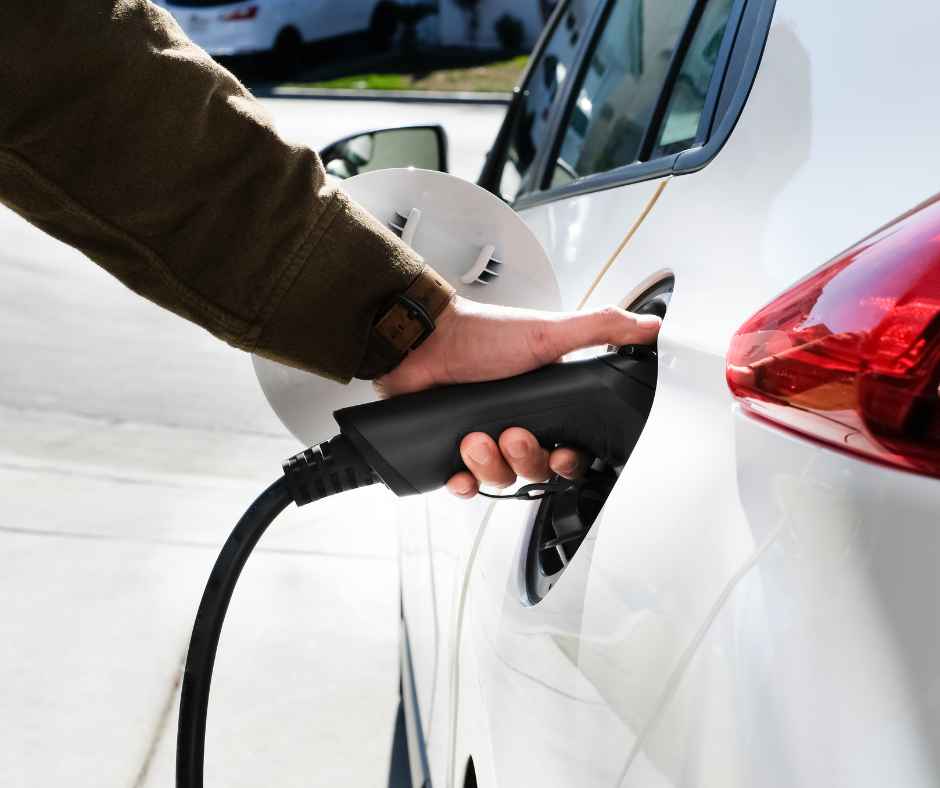
Switching to an electric vehicle is an exciting move toward cleaner, more efficient transportation—but once you bring your EV home, how do you charge it quickly and safely? Many new EV owners try to make do with a basic wall outlet, only to find themselves waiting all night for a full charge. Home EV charger installation, especially a Level 2 charger, offers faster charging, better efficiency, and greater convenience for daily use.
The right EV charging setup doesn’t just improve your driving experience—it protects your electrical system, your vehicle, and your peace of mind. But installation isn’t as simple as plugging into an outlet. It takes the right equipment, planning, and often the help of a professional electrician. In this blog, we’ll cover everything you need to know about installing an EV charger at home, including key benefits, signs you need an upgrade, and how to get started the smart way.
Why You Should Install an EV Charger at Home
Installing an EV charger at home offers more than just convenience—it’s a smart investment in your vehicle, your lifestyle, and your home’s long-term value. While public charging stations are helpful in a pinch, nothing beats the reliability and efficiency of a dedicated home charging setup.
- Faster Charging Times: A Level 2 EV charger can charge your vehicle up to 5–7 times faster than a standard outlet. That means you can go from nearly empty to fully charged overnight, every night.
- Convenience at Your Fingertips: With a charger in your garage or driveway, you’ll never have to wait in line or detour for a public station again. Just plug in when you get home, and you’re ready for the next day.
- Lower Energy Costs: Charging your EV at home—especially during off-peak utility hours—can be significantly cheaper than using public stations. Many smart chargers also allow you to schedule charging for optimal savings.
- Increased Home Value: As EV adoption grows, more homebuyers are looking for properties with built-in charging solutions. Adding an EV charger makes your home more appealing and future-ready.
- Sustainability and Energy Efficiency: Powering your EV at home—especially when paired with solar—reduces your environmental impact and supports a greener lifestyle.
Whether you’re a new EV owner or planning for one, a professionally installed EV charger is the best way to ensure fast, reliable, and safe charging every day.
Signs You Need a Dedicated EV Charger
While many electric vehicles come with a basic charging cord that works with a standard household outlet, that’s rarely enough to keep up with daily driving needs. If you’re experiencing slow charge times or electrical concerns—or planning to make the switch to an EV soon—it’s time to consider installing a dedicated charger at home.
Common indicators you need an EV charger include:
- Charging Takes Too Long: If it takes more than 20–24 hours to get a full charge, your standard outlet isn’t cutting it.
- You Drive Daily: For regular commuters, overnight charging is essential to maintain range without stress.
- You’ve Recently Bought or Ordered an EV: Future-proof your home before the vehicle arrives so you’re ready to go.
- You Want Charging On Your Schedule: Avoid long lines or broken chargers at public stations.
- You’re Thinking About Home Resale Value: A built-in EV charger is becoming a must-have for today’s homebuyers.
Why a Standard Outlet Isn’t Enough for EV Charging
Level 1 chargers that plug into a typical 120-volt outlet are extremely slow—often only adding 3–5 miles of range per hour. For most drivers, that’s not enough to cover daily trips without constant charging.
On top of that, prolonged use of standard outlets can lead to:
- Excessive strain on circuits
- Risk of overheating and fire hazards
- Inconsistent charging speeds or connection drops
- Limited capacity for future EV upgrades or additional vehicles
A Level 2 charger, which runs on a 240-volt connection, is designed for regular, efficient EV use. It charges faster, performs more reliably, and integrates better with your home’s electrical system when professionally installed.
How to Install an EV Charger at Home
Installing an EV charger at home may seem like a DIY project—but it’s more involved than simply plugging something in. A safe, effective setup depends on choosing the right charger, ensuring your electrical system can handle it, and meeting local code requirements. Here’s what you need to know.
Some parts of the process are straightforward and homeowner-friendly:
- Choose the Right Charging Station: Make sure the unit you buy is compatible with your EV’s make and model. Many Level 2 chargers are universal, but it’s worth double-checking plug type and amperage.
- Pick the Best Location: Install the charger in a garage or covered area near where you park. Outdoor units should be weather-rated and close to your electrical panel to reduce installation complexity.
- Assess Electrical Capacity: Check if your panel has the available amperage for a 240V circuit (usually 30–50 amps). If you’re unsure, an electrician can verify.
- Secure Permits (If Required): Some municipalities require permits for new circuits or panel work—check local regulations before starting.
- Coordinate with Your Utility: If off-peak pricing or incentives are available, notify your electric company of your planned installation.
When to Call a Licensed Electrician
While you can handle the prep work, the actual installation should be done by a professional—especially when dealing with high-voltage wiring.
Call Chesapeake Electric if:
- You Need to Install a 240V Circuit: Most homes aren’t pre-wired for Level 2 charging, and this upgrade must be completed to code.
- You Need a Panel Upgrade: Older or fully loaded panels may not support the added amperage and require expansion or replacement.
- You Want a Clean, Safe Installation: Proper cable routing, secure mounting, and weatherproofing all help extend the life of your charger.
- You Want Future Readiness: A pro can help plan for additional EVs, smart charger features, or solar integration.
- There Are Signs of Electrical Strain: Dimming lights, warm outlets, or tripping breakers are red flags that need expert attention before adding new loads.
A professional installation ensures your EV charger works efficiently, meets local codes, and keeps your home safe from electrical hazards.
Tips to Get the Most Out of Your EV Charger
Once your home EV charger is installed, a few smart strategies can help you charge more efficiently, save money, and extend the life of your equipment. Whether you’re new to EV ownership or looking to upgrade your setup, these tips will maximize the value of your investment.
- Choose a Smart Charger: Many modern EV chargers offer Wi-Fi connectivity, allowing you to schedule charging, monitor energy usage, and get alerts via a mobile app.
- Charge During Off-Peak Hours: Utility companies often offer lower rates for electricity used at night. Set your charger to run during these times to cut energy costs.
- Weatherproof Outdoor Units: If your charger is installed outdoors, make sure it’s properly rated for rain, snow, and temperature swings. Add a protective cover if needed.
- Bundle With Solar or Battery Storage: If you have or plan to install solar panels, talk to your electrician about integrating your charger with your energy system to reduce grid dependency.
- Keep the Area Clear: Don’t store items around the charger that could restrict airflow, cause overheating, or make access difficult.
- Schedule Maintenance Checks: Periodic inspections by a licensed electrician can ensure that all wiring, breakers, and connections remain safe and functional over time.
- Label the Circuit: If your EV charger has its own breaker, label it clearly in your panel so you or a technician can access it quickly in the future.
These habits not only protect your investment—they help create a smooth, hassle-free EV charging experience that fits your lifestyle and energy goals.
Install Your EV Charger the Right Way With Chesapeake Electric
Installing an EV charger at home is one of the smartest upgrades you can make for a modern, energy-conscious lifestyle. It offers unmatched convenience, faster charging times, and long-term savings—all while supporting your commitment to a greener future. But to get the most from your investment, it’s important to install your charger the right way: safely, efficiently, and with expert guidance.
From assessing your home’s electrical capacity to handling permits and panel upgrades, Chesapeake Electric makes the process simple and stress-free. Whether you’ve just brought home your first EV or you’re preparing for future electric additions, we’re here to help you every step of the way.
Contact Chesapeake Electric today to schedule your EV charger installation. Power your ride with confidence—right from your own garage.
Recent Posts
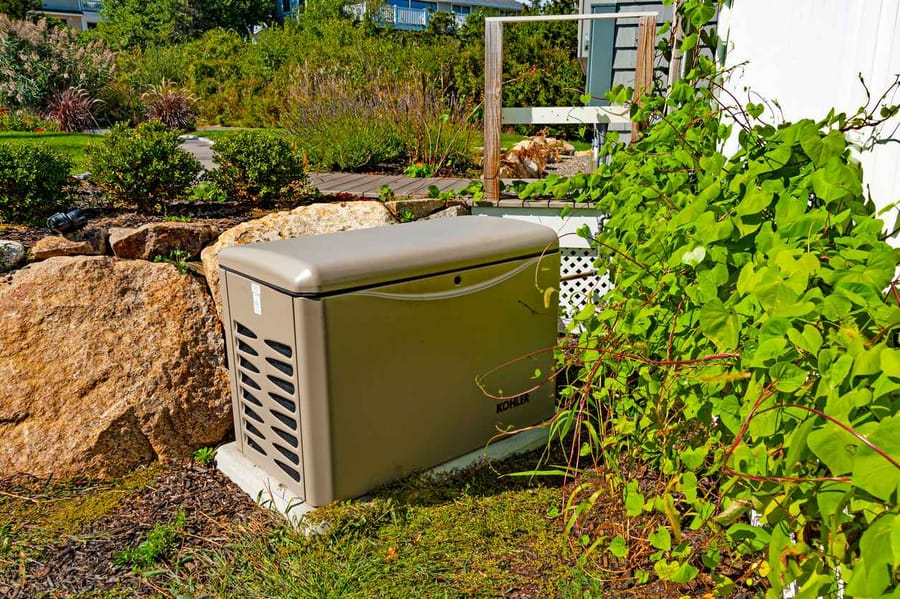
November 21, 2025

November 21, 2025
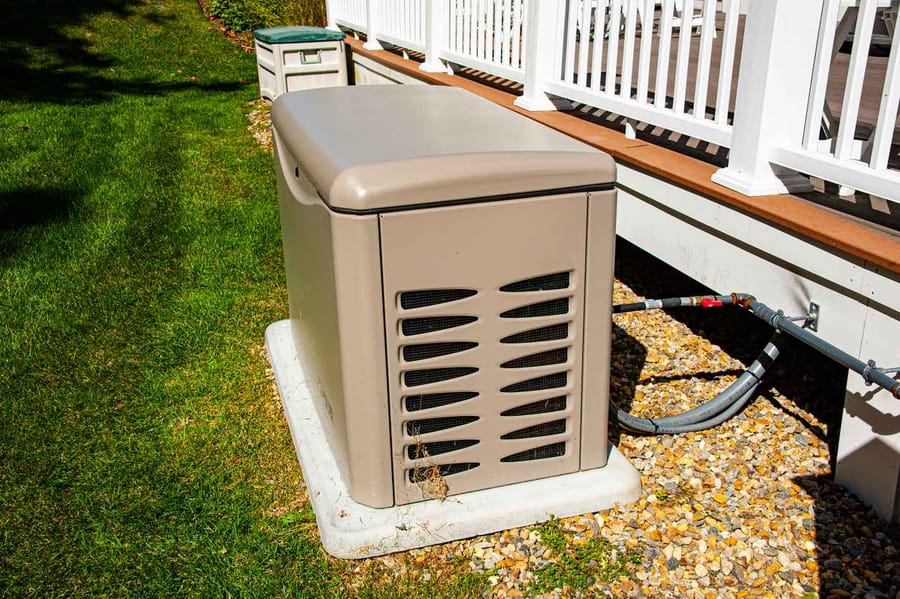
November 21, 2025
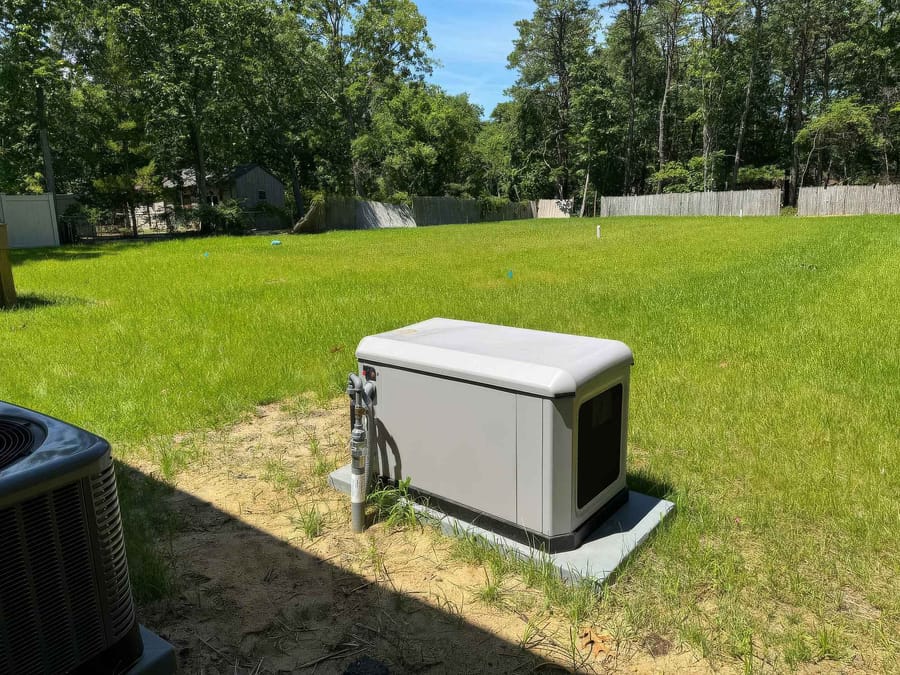
October 29, 2025

October 29, 2025
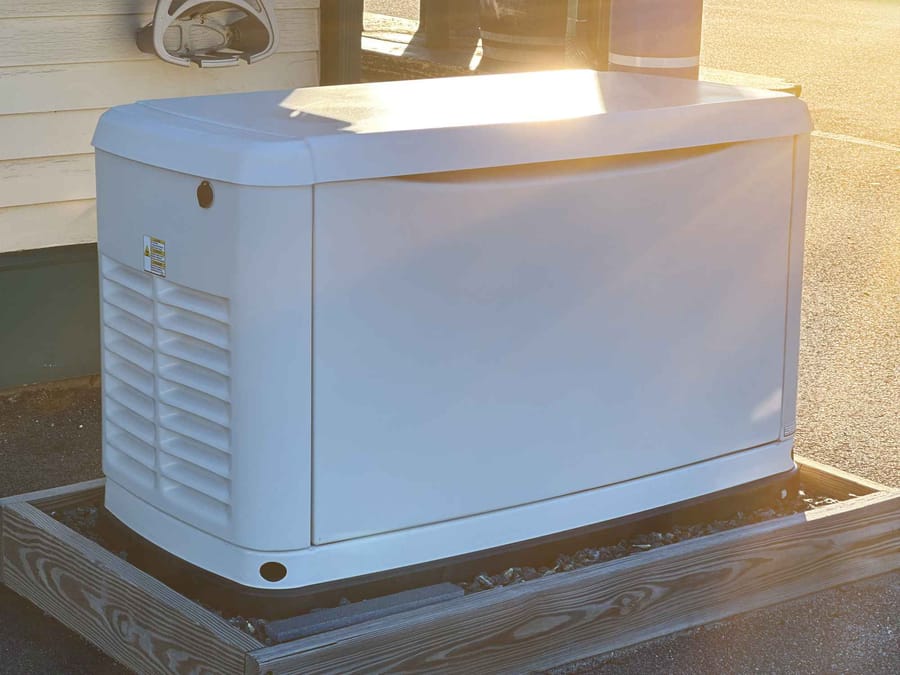
October 29, 2025
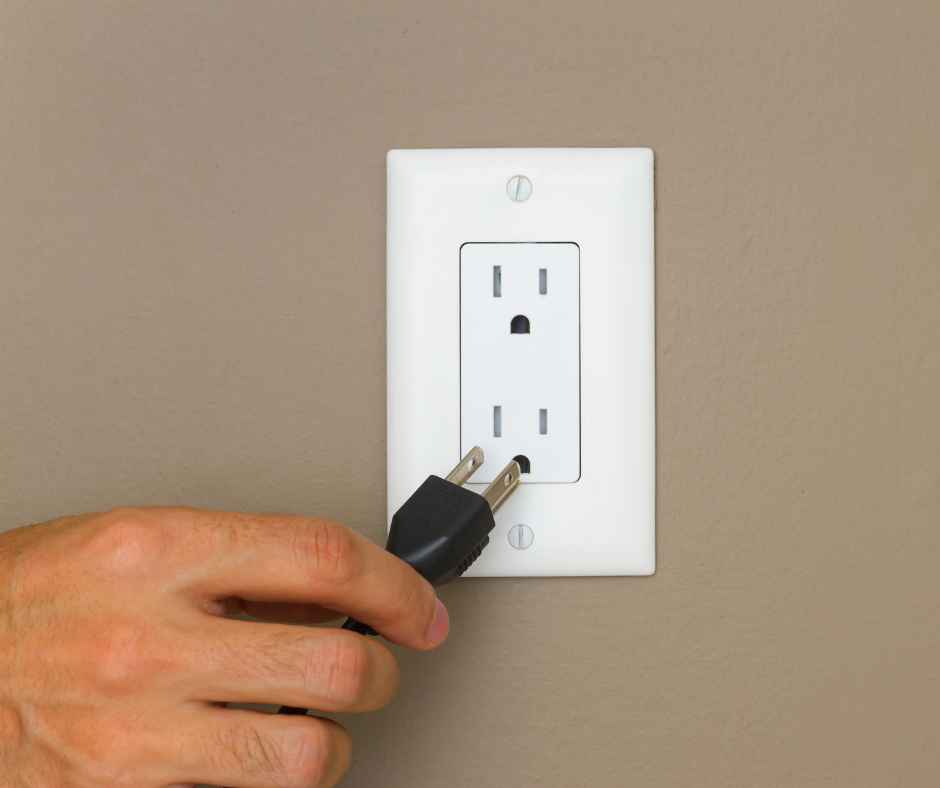
September 26, 2025